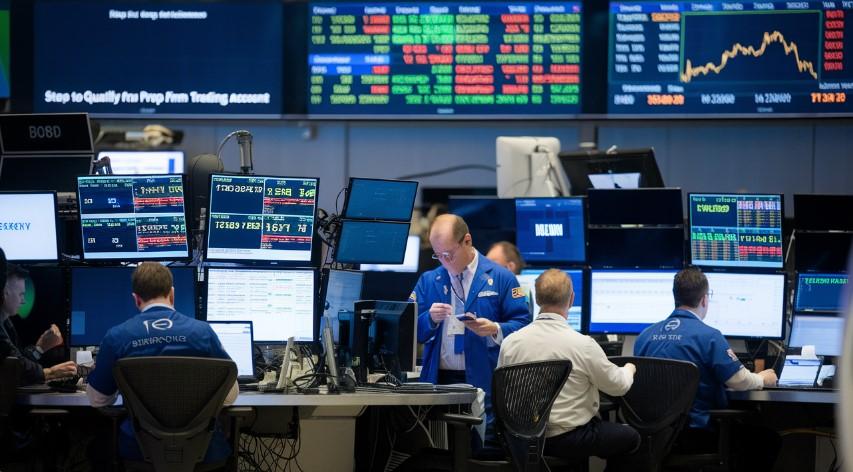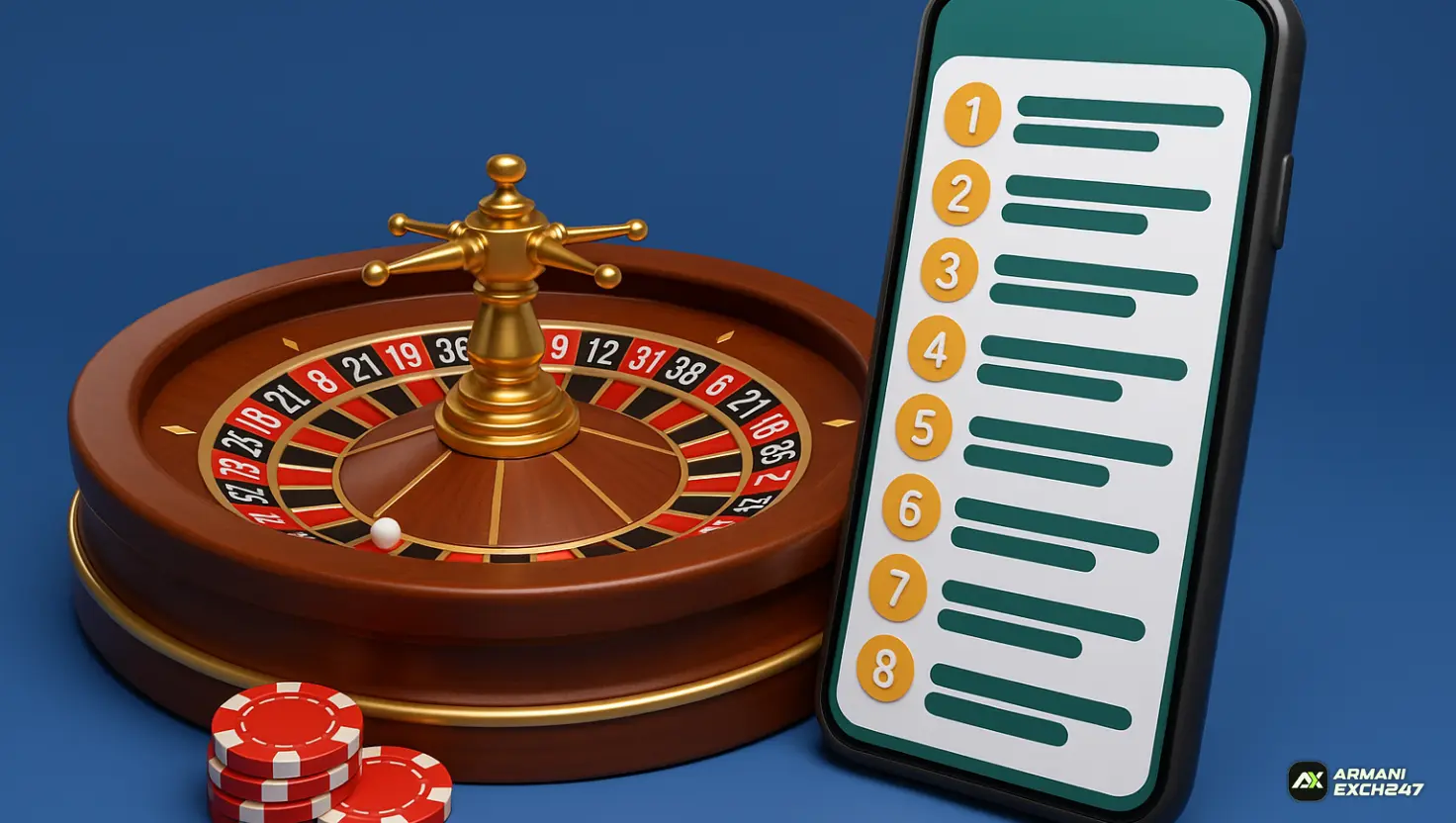The Ultimate Beginner’s Guide to S&P Futures: How to Start Trading ES and MES Without Blowing Up Your Account

If you're new to the world of Futures Trading for Beginners, the market can feel overwhelming.
Where do you start?
What contract should you trade?
How much capital do you need?
The answer for most new traders is simple: S&P futures—specifically the E-mini S&P 500 (ES) and Micro E-mini S&P 500 (MES) contracts.
In this comprehensive guide, we’ll walk you through everything you need to know as a beginner to safely and confidently trade S&P futures, including platform setup, risk management, session timing, and a proven entry strategy—all without risking your account in the first week.
Why S&P Futures Are the Best Starting Point for Beginners
Not all futures contracts are created equal. Some are illiquid, volatile, and difficult to trade.
But S&P futures stand out because they offer:
Unlike commodities like crude oil or gold—which are driven by unpredictable geopolitical events—S&P futures move with the U.S. stock market, which follows clear macroeconomic trends (earnings, interest rates, inflation).
This makes them easier to analyze and trade for beginners.
Understanding the Two Main S&P Futures Contracts
There are two primary contracts under the “S&P futures” umbrella:
Why MES Is Perfect for Beginners
- 1/10th the size of ES → Lower risk
- Same price action and charts
- Margin requirement: $1,200–$1,800
- Great for learning without blowing up
💡 Example: A 10-tick move = $125 on ES, but only $12.50 on MES.
This allows beginners to practice with real money while keeping risk manageable.
Step-by-Step Guide to Trading S&P Futures as a Beginner
Step 1: Choose the Right Platform
Top platforms for beginners:
- Thinkorswim (TD Ameritrade) – Free access, excellent education, paper trading
- NinjaTrader – Low-cost, powerful tools, VPS support
- TradeStation – Professional-grade, integrates with prop firms
✅ Pro Tip: Use Thinkorswim’s paperMoney to practice risk-free for 1–3 months.
Step 2: Learn the Basics of S&P Futures
Before trading, understand:
- Trading Hours: 6:00 PM – 5:00 PM ET (CME Globex)
- Tick Size: 0.25 index points
- Contract Multiplier: 50x (ES), 5x (MES)
- Margin Requirements: ~$12K (ES), ~$1.5K (MES)
- Key Sessions:
- 9:30–11:30 AM EST: High momentum (U.S. open)
- 12:00–2:00 PM EST: Choppy, low edge
- 3:00–4:00 PM EST: Close positioning
Step 3: Start with MES (Micro S&P Futures)
Beginners should never start with ES.
MES is the training wheels version of S&P futures.
✅ Rule: Trade 1 MES contract until you have 50+ winning trades.
Step 4: Master Risk Management
This is the #1 reason beginners fail.
Golden Rules:
- Risk 1% of your account per trade
- Use hard stop-loss and take-profit
- Never move a stop-loss
- Avoid revenge trading after losses
💬 Example: $5,000 account → $50 max risk → 40 ticks stop on MES → $50 loss if stopped out.
Step 5: Use a Simple, High-Probability Strategy
Trend Pullback Strategy (H1 Chart):
- Trend Filter: Price above 200 EMA on H1 = uptrend
- Pullback: Price retraces to 50 EMA or Fibonacci 61.8%
- Entry: Buy on close of bullish engulfing candle
- Stop-Loss: Below recent swing low
- Take-Profit: 1:3 risk-reward ratio
No RSI, no MACD, no complexity.
Just price, trend, and confirmation.
Step 6: Paper Trade First
- Trade 50+ paper trades with consistent results
- Keep a trading journal (entry, exit, reason, emotion)
- Only go live when you’re consistently profitable
📝 Pro Tip: Screenshot every trade and write: “Why did I take this?”
Common Beginner Mistakes to Avoid
Final Thoughts
Futures Trading for Beginners doesn’t have to be scary.
With S&P futures, you get access to the most liquid, predictable, and beginner-friendly market in the world.
Start with MES, use a simple strategy, and master risk management.
Trade small.
Learn deeply.
Grow steadily.
Because in futures, survival beats brilliance.




